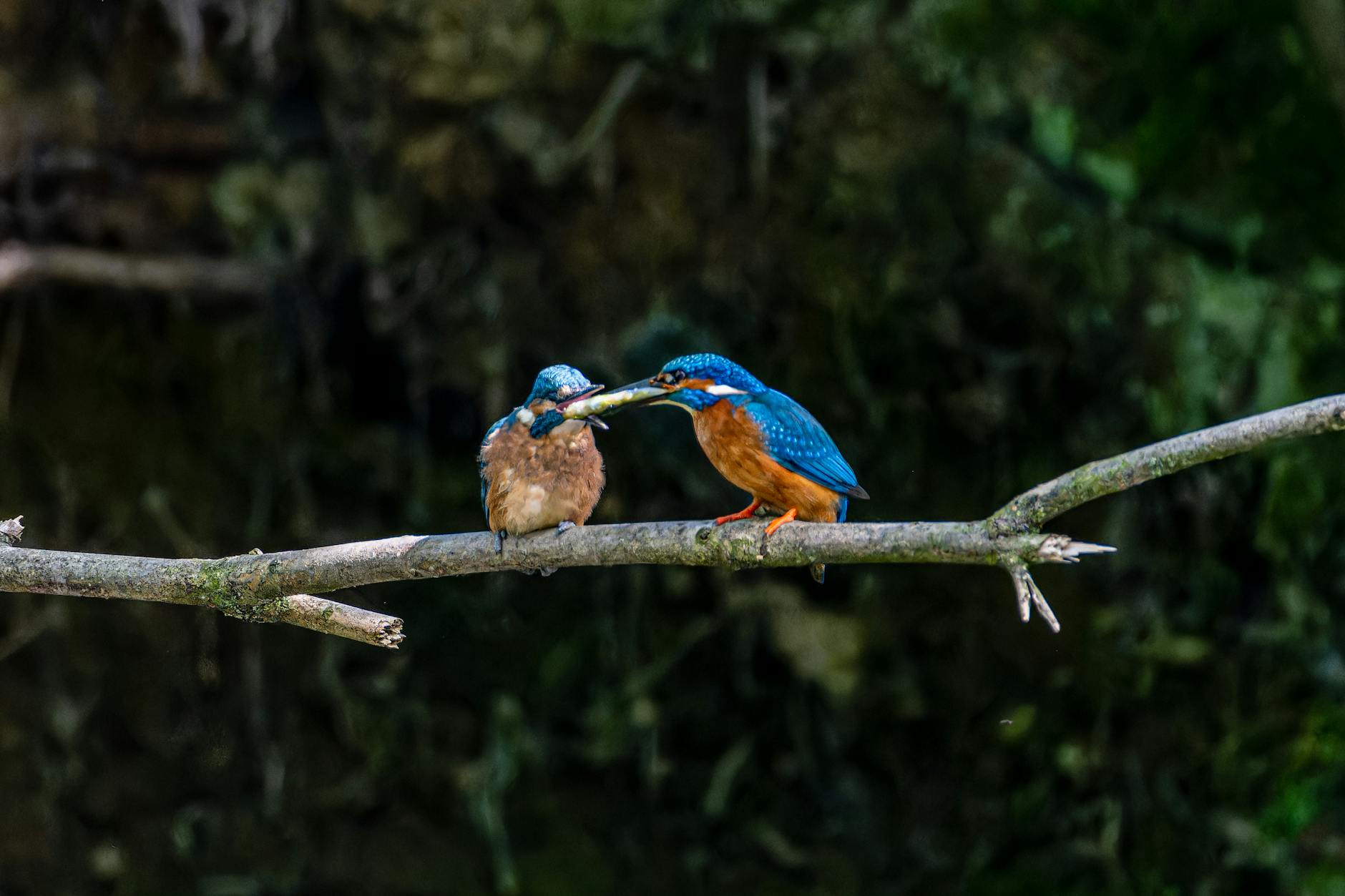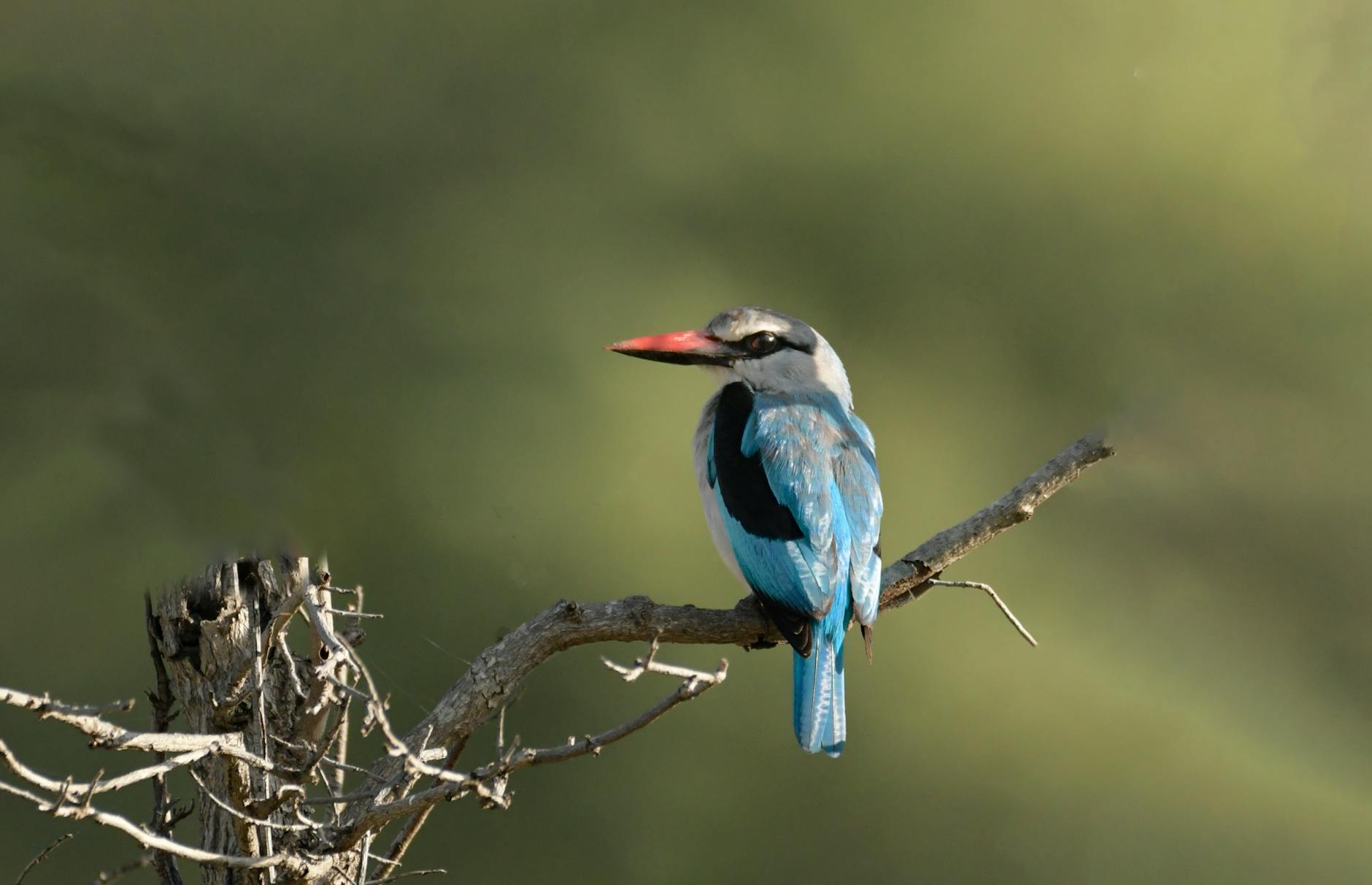How to Spot a Kingfisher in the Wild: Essential Tips and Techniques
Kingfishers are stunning birds that catch the eye with their vibrant colours and swift movements. Spotting one in the wild can feel like a true achievement for birdwatchers and nature lovers alike. These elusive creatures often perch on low branches by rivers, ponds, or lakes, waiting for the perfect moment to dive for fish.
In this post, you’ll discover essential tips to help you identify kingfishers and increase your chances of seeing them in their natural habitat. Whether you’re a seasoned birdwatcher or just starting out, learning how to spot these beautiful birds can add excitement to your outdoor adventures. Let’s explore the thrilling world of kingfishers together and unlock the secrets of their habitat!
Understanding Kingfisher Behaviour
Kingfisher behaviour can significantly inform your birdwatching strategy. The more you understand their feeding habits, perching preferences, and activity patterns, the better your chances of spotting these magnificent birds.
Feeding Habits
Kingfishers are primarily piscivorous, meaning they predominantly eat fish. Their diet also includes crustaceans, frogs, and insects. Typically, a kingfisher needs to consume about 50 to 60 percent of its body mass each day, equating to roughly 13 to 21 fish (source: Bird Fact). To spot kingfishers, consider their feeding grounds—look for them near calm waters such as rivers, ponds, or lakes where fish are abundant. They often hunt from a low perch, diving into the water when prey is spotted.

Photo by Siegfried Poepperl
Perching Preferences
When searching for kingfishers, note their preferred perching sites. They typically favour low, sturdy branches, fallen logs, and even man-made structures like posts or wires near water sources. These perches allow them to scan for prey effectively while remaining concealed. Additionally, kingfishers will often be found near vegetation that provides cover, making them less visible to predators. Observing the environment can lead you to these ideal locations. For deeper insight into their perching behaviours, you can check out BirdNote.
Activity Patterns
Kingfishers are diurnal, meaning they are most active during the day. They typically hunt in the early morning and late afternoon when light conditions are favourable for spotting fish. You might notice them diving or hunting in bursts of activity, followed by periods of rest. It’s essential to plan your birdwatching sessions around these peak activity times for a higher chance of spotting them. For further information on their daily habits, visit IJIMS.
Understanding these aspects of kingfisher behaviour can enhance your birdwatching experience, making it easier to locate these beautiful creatures in their natural habitat.
Identifying Kingfishers
Spotting a kingfisher can be thrilling. Understanding their physical characteristics, vocalisations, and juvenile appearances enhances your chances of recognising these dazzling birds in the wild.
Colouration and Size
Kingfishers are well-known for their vibrant plumage. Both male and female kingfishers exhibit striking colours, but there are some distinctions to note.
- Common Kingfisher (Alcedo atthis): Males have bright blue upperparts and a bright orange underbelly. Females are similar but have a reddish-orange collar. The size is compact, measuring about 16 to 17 cm in length, with a wingspan of roughly 26 to 29 cm.
- Belted Kingfisher (Megaceryle alcyon): This species is larger than the Common Kingfisher, measuring about 28 to 35 cm long. Males are slate-blue with a white collar and a broad white band on the chest, while females also feature a rufous band across their breast.
A closer look at these features can help distinguish them amid the foliage. For detailed identification guides, check out BirdSpot and All About Birds.

Photo by Frans van Heerden
Distinctive Calls
Sound plays a great role in identifying kingfishers. Each species has distinct calls that can help you locate them.
- Belted Kingfisher: This bird is often recognised by its loud, rattling call, sounding almost mechanical. They tend to vocalise when perched or in flight. Listening for their calls can give you a heads-up about their whereabouts. You can learn more about these calls at All About Birds.
- Common Kingfisher: Their call is a sharp, high-pitched note, often described as a “ki-ki” sound. Being alert to these sounds increases your chances of spotting them.
Do take a moment to listen to their calls and songs to familiarise yourself with their audible signatures. For more insights into their vocalisations, visit Wild Ambience.
Juvenile Identification
Juvenile kingfishers can be trickier to spot and identify due to their different plumage. Here’s how to recognise them:
- Colour Differences: Juvenile Common Kingfishers lack the vivid colours of adults. They often appear more muted, with a brownish-grey appearance that can blend into their surroundings.
- Size and Behaviour: Young kingfishers are generally smaller and may be more timid and less skilled at hunting. Observing their behaviour can provide clues—they tend to rely on adult birds for feeding in the early phase.
When searching for juvenile kingfishers, focus on areas with shallow water where they might practise hunting alongside adults. For further details on their behaviour and identification, refer to Nicolas Stettler.
By honing in on the colouration, vocal patterns, and juvenile traits, you’ll enhance your birdwatching experience and increase your chances of spotting these remarkable birds in the wild.
Best Locations for Spotting Kingfishers
Finding kingfishers in the wild can be an exhilarating experience. Knowing where to look can significantly increase your chances of spotting them. Kingfishers thrive in specific habitats, and understanding these environments is crucial for birdwatchers.
Waterways and Ponds
Water bodies are essential to kingfishers. They require fresh or brackish water to hunt for their primary food source—fish. Here are some ideal locations to search for them:
- Rivers: Kingfishers are commonly found along rivers with shallow edges. Look for clear areas where they can dive into the water.
- Ponds: Still waters in parks or nature reserves are often prime kingfisher habitats. They perch on reeds or low branches to scan for prey.
- Lakes: Similar to ponds, lakes with suitable vegetation offer great spots for observing kingfishers. Shallow bays or inlets are particularly attractive.
- Canals: Often overlooked, canals can be excellent locations if they provide fish and safe perches.
These environments are not just hunting grounds; they provide the kingfisher with shelter and nesting sites. For further tips on water bodies that attract kingfishers, check out Seven top tips to spot a kingfisher.

Photo by Siegfried Poepperl
Urban vs. Rural Settings
When it comes to spotting kingfishers, the setting can make a noticeable difference.
- Rural Areas: Kingfishers are more commonly found in rural settings, where they have access to natural water bodies. The presence of vegetation and fewer disturbances can increase your chances.
- Urban Areas: Despite their preference for rural habitats, kingfishers can adapt to urban environments. Parks with ponds or rivers, like those in city centres, can still serve as good locations. They will often utilise man-made structures as perches.
In both settings, look for features that attract kingfishers, such as exposed branches over water and abundant fish populations, as detailed in HOW TO SEE KINGFISHERS.
Seasonal Considerations
The visibility of kingfishers can vary with the seasons. Different times of the year influence their behaviour and habitat choices.
- Spring and Summer: These are the best seasons for spotting kingfishers. They are busy nesting and feeding their young, making sightings more frequent. Their activity peaks during sunny days.
- Autumn: As temperatures drop, kingfishers may become less visible. However, they can often still be seen as they prepare for winter.
- Winter: In colder months, some kingfisher species migrate to warmer locations, while others may remain in milder areas. During this time, finding them can be challenging, but persistent birdwatchers may have luck near unfrozen waters.
Being mindful of these seasonal patterns can enhance your birdwatching efforts significantly. For a deeper insight into kingfisher habitats, visit Animal Diversity.
Techniques for Spotting Kingfishers
Spotting a kingfisher in the wild is a rewarding experience, but it requires the right techniques. Here are some essential tips that can enhance your birdwatching adventure.
Using Binoculars and Cameras
Having the right equipment can significantly enhance your ability to observe kingfishers. Binoculars are essential for birdwatching, allowing you to see details from a distance. Here are a few recommendations:
- Magnification: Opt for binoculars with a magnification of 7x to 10x. This range provides a good balance between clarity and stability.
- Objective Lens Diameter: Look for binoculars with a 40mm to 42mm objective lens. This size allows plenty of light in, making it easier to spot birds in dim conditions.
For more in-depth guidance, check the Audubon Guide to Binoculars or see what others recommend on Reddit. A good camera will also help capture the beauty of kingfishers. Look for one with a zoom feature to get close-ups without disturbing the birds.

Photo by Siegfried Poepperl
Patience and Stillness
One of the most important techniques for spotting kingfishers is patience. Being quiet and still can drastically increase your chances of seeing these birds. Here are some tips:
- Settle In: Once you find a good spot, take some time to settle down. Movement can scare birds away.
- Practice Silence: Try to minimise noise. Avoid sudden movements and speak softly if at all.
Consider waiting for extended periods, as kingfishers may take time to return to their favourite perches after they feel safe. Think of it like fishing; sometimes you need to wait patiently for the right moment.
Finding the Right Spot
Choosing where to observe kingfishers is crucial. Here are some strategies for selecting the best locations:
- Look for Water: Kingfishers thrive near rivers, ponds, and lakes. Search for spots with clear visibility and low vegetation along the edges.
- Observe Perching Locations: Identify areas with overhanging branches or posts where kingfishers can sit and scan for fish.
- Feeding Grounds: Focus on places where fish are abundant. The presence of insects can also attract kingfishers.
By scouting these locations and being mindful of their feeding habits, you’ll increase your chances of spotting these elusive birds. For additional tips on birdwatching, visit Bird Watching 101.
Conclusion
Spotting a kingfisher can be an exhilarating experience for any nature enthusiast. By understanding their behaviour, recognising their distinctive features, and knowing where to look, you’re well on your way to encountering these beautiful birds in the wild.
Consider exploring local nature reserves or joining a birdwatching group to share tips and experiences. Engaging with fellow birdwatchers can enhance your knowledge and understanding of kingfishers.
Take your time, enjoy the process, and immerse yourself in nature. Who knows? Your next adventure might just lead you to a stunning kingfisher in your area.










